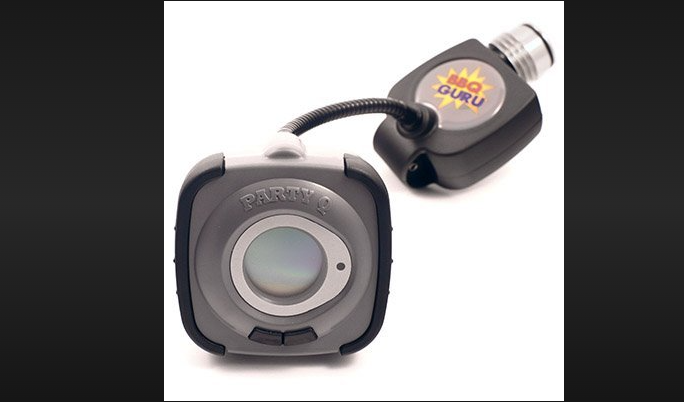Temperature Control on the Weber Smokey Mountain: Mastering the Art of Precision
The Weber Smokey Mountain Cooker is a popular choice among barbecue enthusiasts for its exceptional smoking capabilities. One key aspect of achieving perfect smoked dishes is mastering temperature control. In this comprehensive guide, we will explore the various factors that affect temperature control on the Weber Smokey Mountain and provide you with valuable tips and techniques to help you achieve optimal results every time you fire up your smoker.

Party Q BBQ temperature controller for Weber smokey mountain cooker
1. Understanding Temperature Zones:
The Weber Smokey Mountain features different temperature zones that play a crucial role in the smoking process:
-
Firebox Zone: This is the area where the charcoal and wood chunks are placed for generating heat and smoke. Managing the firebox temperature is essential for maintaining consistent heat throughout the smoking session.
-
-
Cooking Chamber Zones: The cooking chamber consists of multiple racks where the meat is placed for smoking. Different racks may have slightly different temperatures due to variations in airflow and proximity to the firebox.
-
2. Preparing the Charcoal:
Proper charcoal preparation is fundamental to achieving stable and consistent temperatures:
-
Charcoal Arrangement: Arrange the charcoal in a pyramid or snake pattern for a slow and steady burn. This arrangement promotes even heat distribution and prolonged burn times.
-
-
Use of Charcoal Baskets: Charcoal baskets can help contain and control the charcoal, enhancing temperature control and making it easier to replenish fuel when needed.
-
3. Airflow Management:
Airflow plays a crucial role in temperature control on the Weber Smokey Mountain. Consider the following:
-
Opening and Closing Dampers: The dampers on the bottom and top of the smoker regulate the airflow. Opening them allows more oxygen in, increasing the fire's intensity, while closing them restricts airflow and lowers the temperature.
-
-
Ideal Damper Positions: For low-and-slow cooking, start with the bottom damper about one-third open and the top damper fully open. Adjust them gradually as needed to maintain the desired temperature.
-
-
Wind Considerations: Wind can affect temperature control. Position your smoker in a sheltered area or use windbreaks to minimize its impact on the airflow and temperature stability.
-
4. Water Pan Management:
The Weber Smokey Mountain includes a water pan that serves multiple purposes:
-
Temperature Regulation: The water pan helps stabilize and regulate the temperature inside the smoker by absorbing and releasing heat as needed.
-
-
Moisture Control: The water pan adds moisture to the cooking environment, preventing the meat from drying out during the smoking process.
-
-
Cleaning and Maintenance: Regularly clean the water pan to remove any residue or build-up that may affect temperature control.
-
5. Using a Thermometer:
A reliable thermometer is an essential tool for monitoring the temperature inside the smoker:
-
Probe Placement: Place the thermometer probe in the cooking chamber, preferably at the grate level where the meat is positioned. This provides an accurate reading of the cooking temperature.
-
-
Temperature Calibration: Periodically calibrate your thermometer to ensure its accuracy and reliability.
-
-
Monitoring Internal Meat Temperature: Alongside monitoring the smoker temperature, use a meat thermometer to track the internal temperature of the meat. This helps determine when the meat is cooked to perfection.

Smoke meat
Mastering temperature control on the Weber Smokey Mountain is the key to achieving consistent and delicious smoked dishes. By understanding the different temperature zones, properly preparing the charcoal, managing airflow and water pan, and using a reliable thermometer, you can elevate your smoking game to new heights. With practice and attention to detail, you'll be able to create mouthwatering smoked delicacies that will impress family and friends. So fire up your Weber Smokey Mountain, embrace the art of temperature control, and enjoy the rewarding experience of creating fantastic barbecue right in your own backyard.